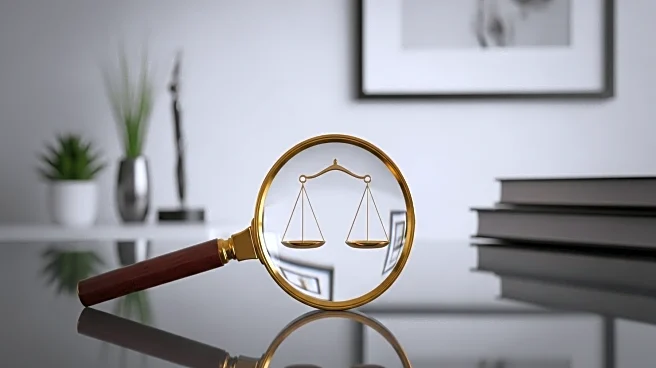What's Happening?
Abby and Brittany Hensel, known for their unique condition as dicephalus conjoined twins, have been the subject of recent rumors suggesting they have welcomed a baby. These rumors gained traction after the twins were seen with a newborn and a viral TikTok account, purportedly run by them, posted a cryptic message. Abby's husband, Josh, has clarified that the TikTok account is fraudulent and not operated by the twins. Josh, a U.S. Army veteran and nurse, stated that he and the twins initially ignored the account, assuming it was a ploy for attention. However, as media outlets began reporting the account as legitimate, Josh felt compelled to address the situation publicly.
Why It's Important?
The situation highlights the challenges faced by individuals who have lived in the public eye, especially those with unique circumstances like the Hensel twins. The spread of misinformation through social media can lead to unwarranted public scrutiny and invasion of privacy. This incident underscores the importance of verifying information before it is disseminated by media outlets, as false reports can have significant personal impacts. The Hensel twins, who have chosen to live private lives as elementary school teachers, are now dealing with renewed public interest due to these rumors.
What's Next?
Josh has requested privacy for his family and has not commented on whether they have welcomed a child. The family hopes that their request for privacy will be respected, emphasizing the boundary between public curiosity and private life. It remains to be seen how the media and public will respond to this request, and whether further clarification or statements will be issued by the family.
Beyond the Headlines
This incident raises broader questions about the ethical responsibilities of social media platforms in managing impersonation accounts and the role of media in verifying sources before reporting. It also highlights the cultural fascination with unique personal stories and the potential for exploitation in the digital age.











